Wheat Weeds
All Wheat Weeds Content
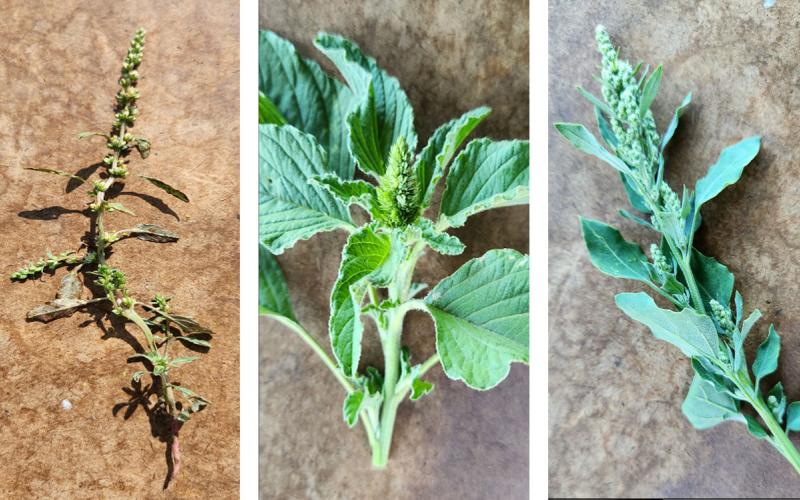
Weeds Have Started to Flower!
Early-flowering waterhemp, redroot pigweed, and common lambsquarters show the importance of early weed control, as they can produce seeds before a delayed postemergence herbicide application.
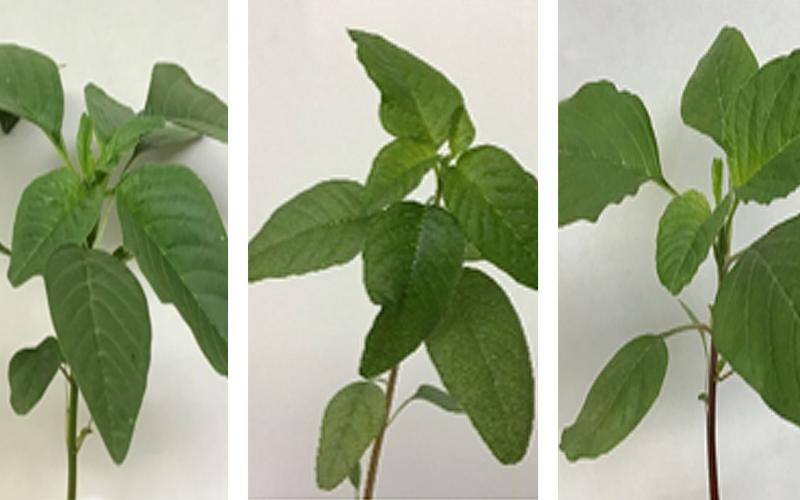
Vegetative Identification of Palmer Amaranth, Waterhemp, and Redroot Pigweed
Palmer amaranth is a non-native weed sharing common characteristics with waterhemp and redroot pigweed. Learn how to identify all three of these aggressive weeds before they become an issue in your fields this growing season.
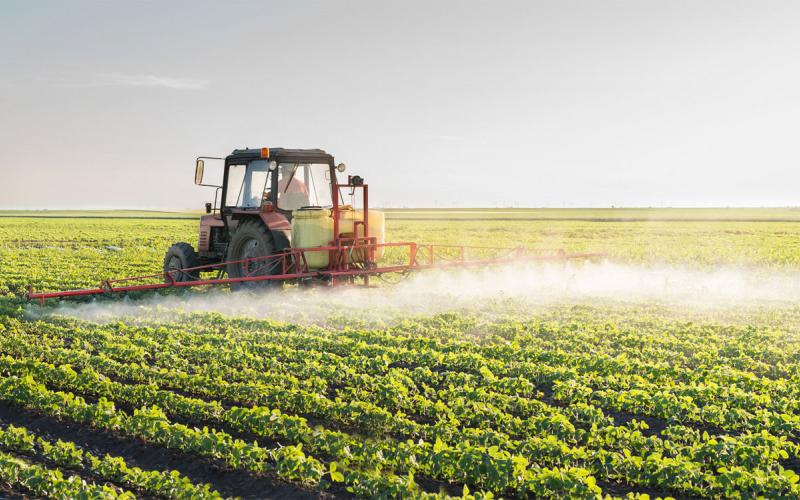
Considerations for Postemergence Herbicides
Postemergence herbicide applications can protect your crop yields by limiting in-season weed competition. Learn everything you need to know before firing up your sprayer.
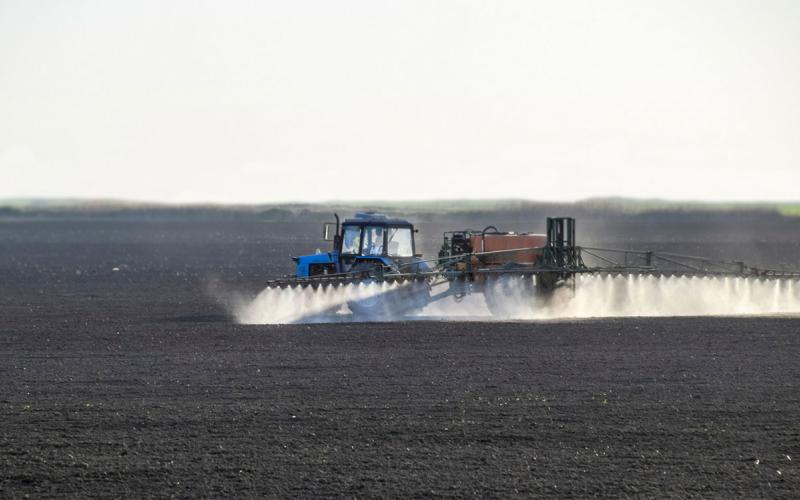
Considerations for Preemergence Herbicides
Weeds emerging with crop plants have the potential to reduce yields. Learn some tips for applying preemergence herbicides to control weeds before emergence to ensure that your yields aren't limited by early-season weeds.

Knowing the Soil Types in Your Fields Can Increase Weed Control
As soil temperatures increase, many farmers are beginning to plant crops and start preemergent weed control. Learn the important role that soil type can play in getting the most out of preemergence herbicide applications.
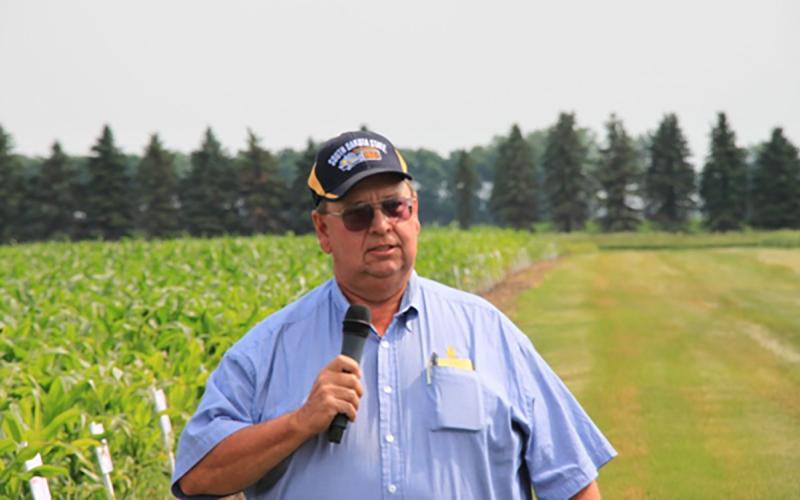
Paul O. Johnson Retires After Dedicated Career in SDSU Extension
June 08, 2022
Paul O. Johnson, SDSU Extension Weed Science Coordinator and Northeast Research Farm Coordinator, is retiring after a dedicated 33-year career supporting the people of South Dakota in his role at SDSU Extension.
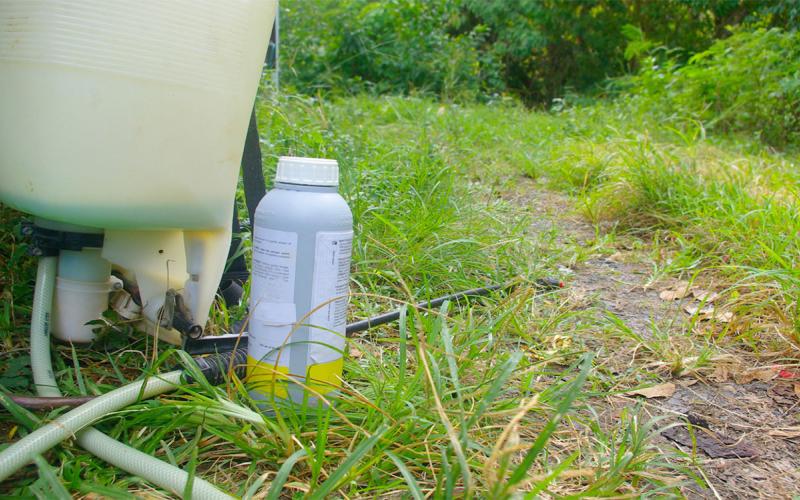
Read the Label
Last year, Bayer announced they would be phasing out glyphosate from the homeowner market, but they would be keeping the Roundup name for future marketing. Learn some important label considerations when purchasing Roundup-branded products.
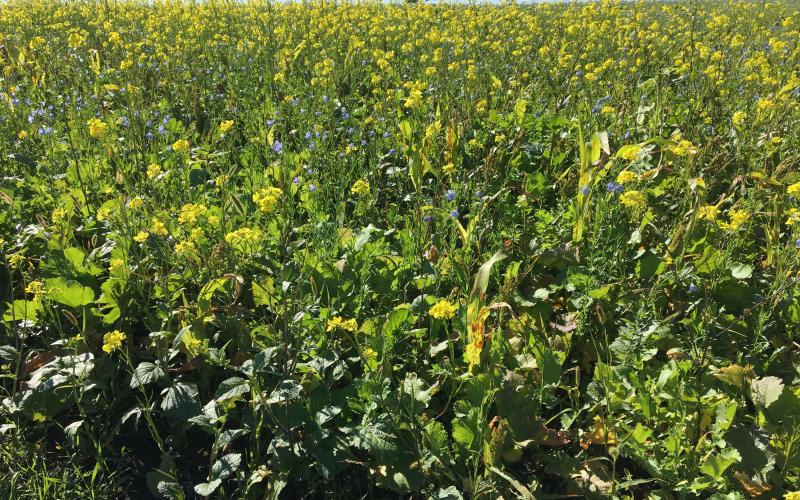
Herbicide Considerations for Cover Crop Planting in 2019
Long residual pre-emergent or early post-emergent herbicides may cause stand reduction or complete failure of cover crops. Depending on efficacy of the herbicide, each situation can both affect in-season and/or post-harvest cover crop establishment.
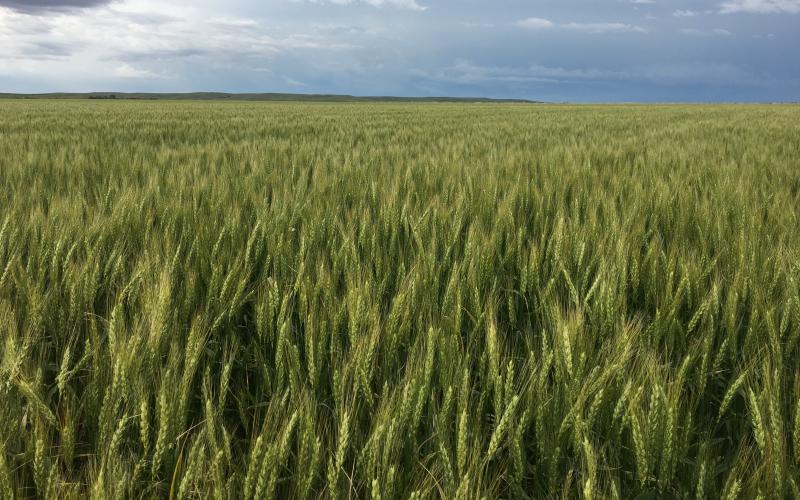
Small Grain Pre-Harvest Options
Consider pre-harvest herbicide applications in crop ground planted with small grains that are grown for seed or forage. Dense weed populations may inhibit harvest, therefore proper control of them early in the growing season is best.
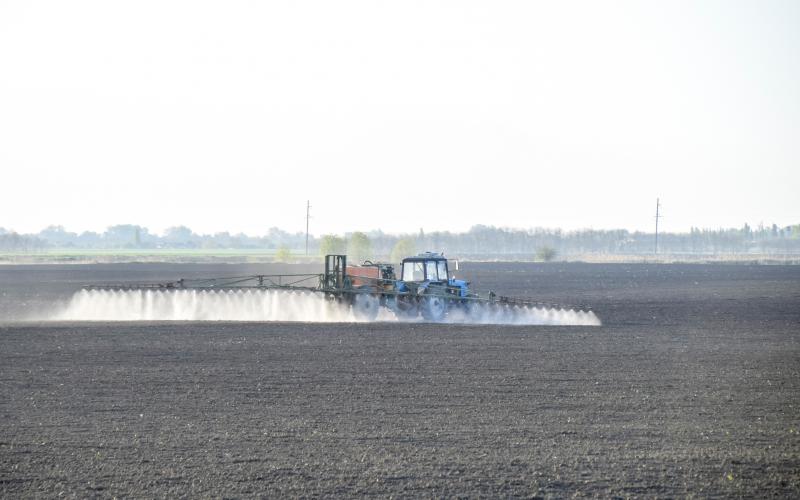
Herbicide Rotation Restrictions
This is a quick reference guide to common herbicides and their rotation restrictions for selected crops.